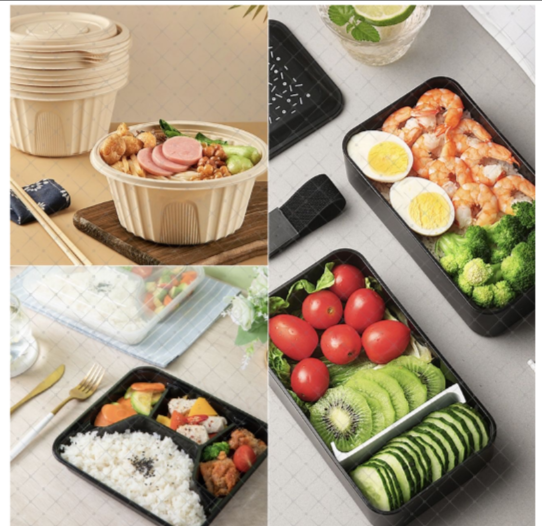Non-PVC Cling Film Alternatives for Eco-Friendly Food Storage Solutions
Non-PVC Cling Film A Sustainable Alternative for Food Preservation
In a world increasingly consumed by environmental concerns, the need for sustainable packaging solutions has never been more pressing. Among the myriad of products that contribute to our ecological footprint, traditional PVC cling film has come under scrutiny due to its harmful environmental impacts. As consumers and businesses alike seek alternatives, non-PVC cling film has emerged as a leading solution for food preservation that promotes both convenience and sustainability.
Understanding Cling Film and Its Types
Cling film, also known as plastic wrap, is a thin plastic film used to tightly wrap food items to keep them fresh. Conventional cling films are often made from polyvinyl chloride (PVC), a plastic that is not only derived from fossil fuels but also poses various health risks due to the release of harmful chemicals during its production and disposal. On the other hand, non-PVC cling films are typically made from polyethylene or other biodegradable materials. These alternatives offer a safer option for food preservation, making them increasingly popular among health-conscious consumers.
The Benefits of Non-PVC Cling Film
1. Environmental Friendliness One of the foremost benefits of non-PVC cling film is its reduced ecological impact. Being recyclable and more easily biodegradable than PVC, these films help alleviate the pressure on landfills and reduce plastic pollution in our oceans and landscapes. Many non-PVC cling films can be composted, returning nutrients to the soil rather than contributing to landfill mass.
2. Safety and Health Non-PVC cling films are generally free from harmful additives like phthalates and chlorine, which can leach into food. This makes them a safer option for food storage, reducing the risk of chemical contamination. Many non-PVC options are also certified for direct food contact, providing consumers peace of mind regarding the safety of their food.
3. Versatility and Ease of Use Non-PVC cling films are designed to stick to a variety of surfaces, including stainless steel, glass, and plastic containers. They can be used for wrapping food items, covering dishes, or even line baking trays. Moreover, they often feature excellent stretchability, which allows for a tight seal that helps preserve freshness longer.
non pvc cling film

4. Cost-Effectiveness While non-PVC cling film may have a slightly higher upfront cost compared to traditional PVC, their durability and performance often outweigh these initial expenses. In many cases, consumers find they require less material to effectively preserve food, ultimately leading to cost savings.
5. Sustainability Initiatives Many brands producing non-PVC cling film are also committed to utilizing recycled materials in their production processes. This further contributes to resource conservation and minimizes the carbon footprint associated with plastic production.
The Way Forward
As awareness about environmental issues continues to grow, the demand for non-PVC cling film is likely to increase. Retailers and manufacturers are adapting to consumer preferences by expanding their offerings of sustainable products. Thus, it's crucial for consumers to make informed choices. Reading labels, seeking out certifications, and supporting brands that prioritize sustainability can help promote broader change in the industry.
Moreover, the rise of DIY solutions for food preservation, such as beeswax wraps or reusable silicone covers, presents additional avenues for reducing reliance on single-use plastics. This shift not only conserves resources but empowers consumers to actively participate in the movement towards sustainability.
Conclusion
Non-PVC cling film represents a significant step towards sustainable food preservation. With numerous advantages such as environmental friendliness, safety, and versatility, it is an excellent choice for both consumers and businesses looking to reduce their plastic footprint. As we navigate the challenges posed by plastic pollution, making the switch to non-PVC options is not just a personal choice; it's a collective responsibility toward a healthier planet. By choosing non-PVC cling film, we take a proactive role in promoting sustainability while ensuring our food remains fresh and safe for consumption. Each small step we take can contribute to a larger change, fostering a more sustainable future for generations to come.
-
The Best Uses for Small Trash Bags in Daily LifeNewsJul.01,2025
-
Stylish Reusable Grocery Bags TrendsNewsJul.01,2025
-
Shipping Advantages of Using Bubble Envelopes BulkNewsJul.01,2025
-
How Compostable Mailing Bags Reduce Environmental ImpactNewsJul.01,2025
-
Environmentally - Friendly Bulk Poly MailersNewsJul.01,2025
-
Eco Friendly Custom Laminated Tote BagsNewsJul.01,2025
-
Have the freedom of customizing your custom mailers any way you want! Our dedicated packaging support will help deliver you the mailing experience you need to elevate your shipping experience to the next level! Start making a strong impression on your customers and stand out from your competitors! -
LIYA uses high quality raw materials which directly purchased from large enterprises domestic and overseas such as PetroChina, Sinopec, Sabic, Equate, ExxonMobil, Dow Chemical, Total, and Borouge, ensuring the price advantage and quality of the raw materials. -
LIYA uses high quality raw materials which directly purchased from large enterprises domestic and overseas such as PetroChina, Sinopec, Sabic, Equate, ExxonMobil, Dow Chemical, Total, and Borouge, ensuring the price advantage and quality of the raw materials.





